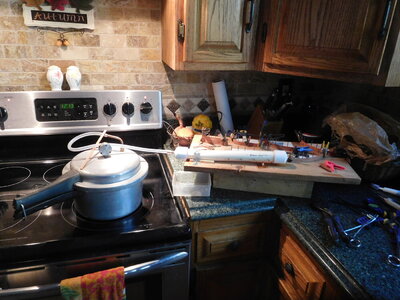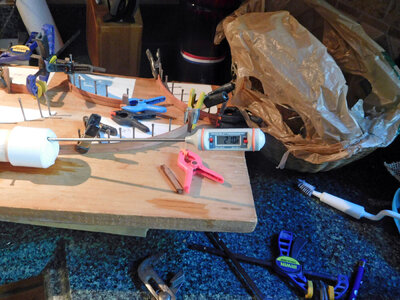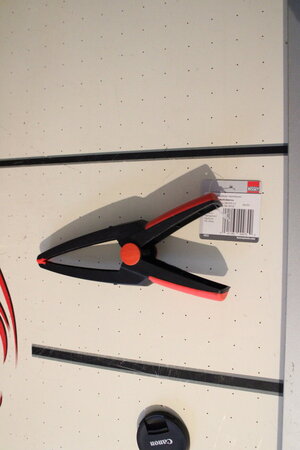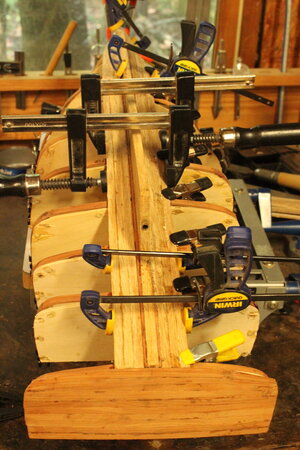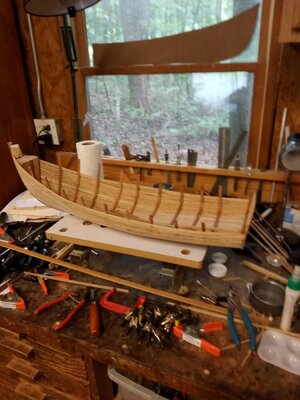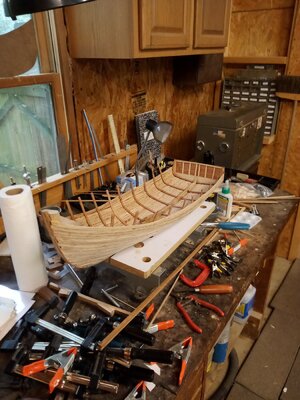Hi Steven,You are absolutely right, Stephen, it's not the first error I made this year. They sort of sneak up on me when I least expect it. The scale is 1/16th, resulting in 3/4 inch = 1 scale foot. The original boat was 34 feet long. Thank for catching that.
Happy Modeling.
Steven
I am probably starting to bother you now, sorry for that, but your model at 3/4" = 1 ' would be 25 1/2" long, maybe it was just a typo the 24 1/2" long.
Cheers,
Stephen.




